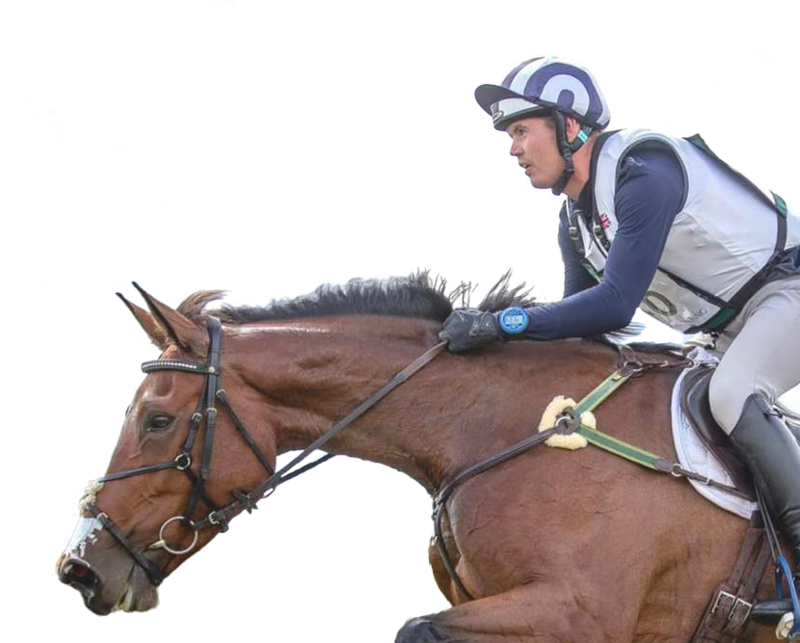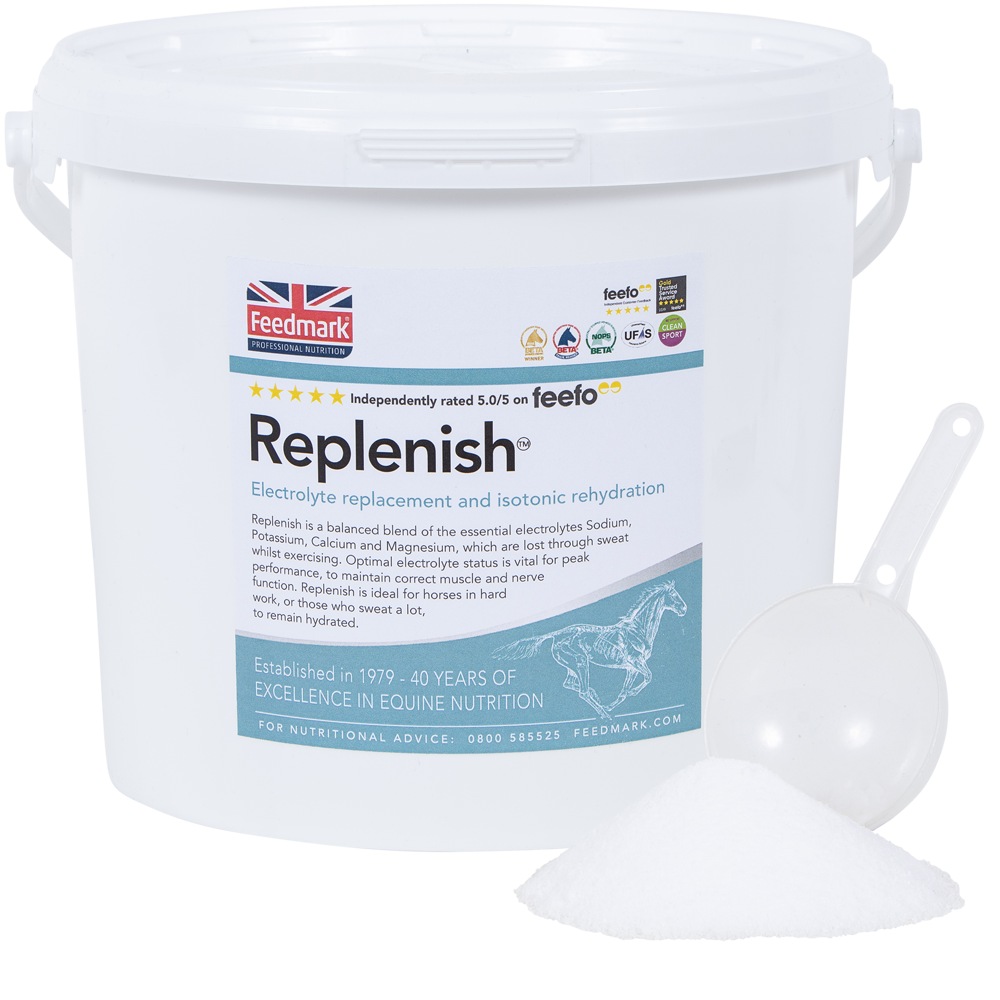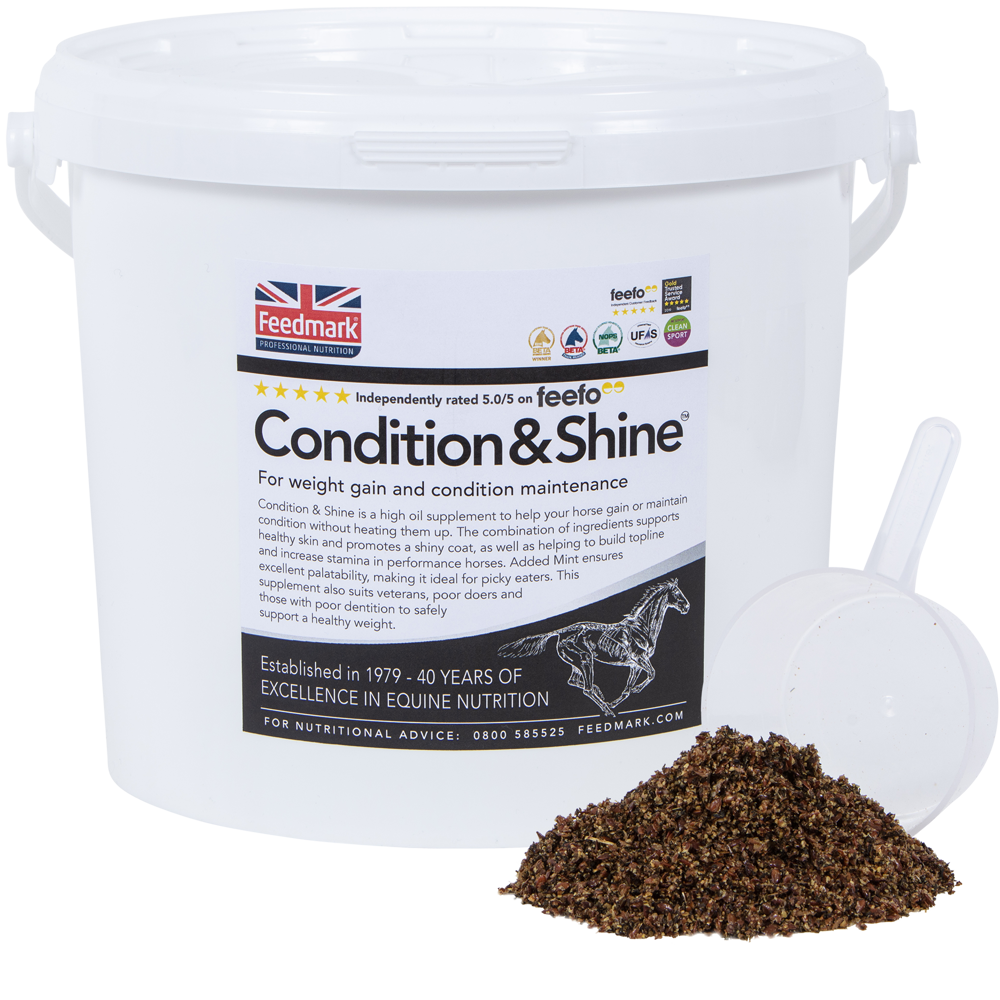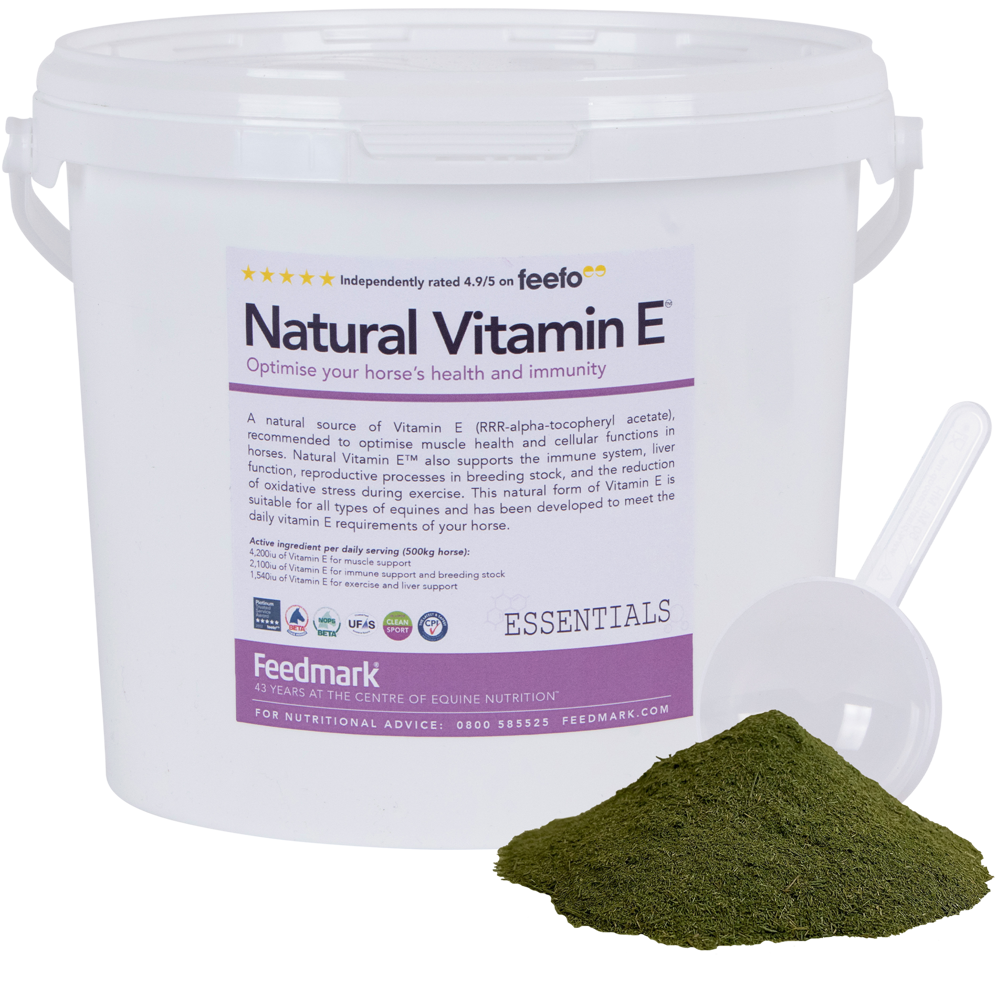As the cost of living continues to increase, we are all looking for ways we can reduce what we spend, and this also applies to how much we spend on our horses.
In the third part of a new series of informative blogs, Feedmark's Director of Science and Nutrition, Dr. Stephanie Wood looks at feeding the working horse and how to maintain performance on a forage diet.
Whilst we know that forage is important for digestive health, there is a view that horses performing exercise, particularly more intense levels of exercise, require additional energy and nutrients than forage alone can provide. One nutrient that is unlikely to be supplied at required levels is Sodium as grass and preserved forages are generally low in this mineral. For horses that do not sweat heavily and who consume a predominantly forage diet, Sodium requirements may be met, however this will vary with geographical area and forage handling and storage. Meeting the greater Sodium requirements of horses that sweat more, either due to exercise, environmental conditions or health reasons, is highly unlikely from forage alone, and this will be further exacerbated for those fed soaked hay as soaking reduces Sodium, and other mineral levels. A broad-spectrum vitamin and mineral supplement may provide the additional Sodium required, again helping to keep feeding costs low, or an electrolyte supplement such as Replenish™ maybe more suitable for those with greater sweat losses.
For additional energy, concentrated energy supplements such as Feedmark’s Condition & Shine™ offer an alternative to traditional mixes and nuts, and provide concentrated sources of energy in relatively small feeding rates. Condition & Shine™ is a high-fat, low starch and sugar energy source suitable for all horses and ponies and is an excellent complement to forage diets, allowing horses to perform without the need to feed high levels of cereal grains. Condition & Shine™ can be fed alongside all Feedmark vitamin and mineral supplements, and provides a cost-effective alternative to traditional concentrate feeds.
Exercising horses also have an increased production of free radicals which can damage cells. Free radical levels are kept in check by antioxidants, however when there are more free radicals than antioxidants, oxidative stress occurs. Vitamin E is a potent antioxidant found in fresh grass, however its levels are reduced in preserved forages. Feeding an additional dietary supply of vitamin E, particularly natural vitamin E, helps to address this imbalance, managing oxidative stress and reducing cell damage within the horse’s body. Vitamin E is particularly recommended for horses and ponies with muscle issues, and is a good dietary addition to those with limited access to fresh pasture. Feedmark’s Natural Vitamin E™ can be fed to all horses and ponies and is safe to feed alongside all vitamin and mineral supplements in the Feedmark range.
To find out more about how to feed better for less™ be sure to have a look at the other blogs in the series:
Feed better for less™: maximise the efficiency of your feeding plan
Feed better for less™: balancing the forage diet and saving money




